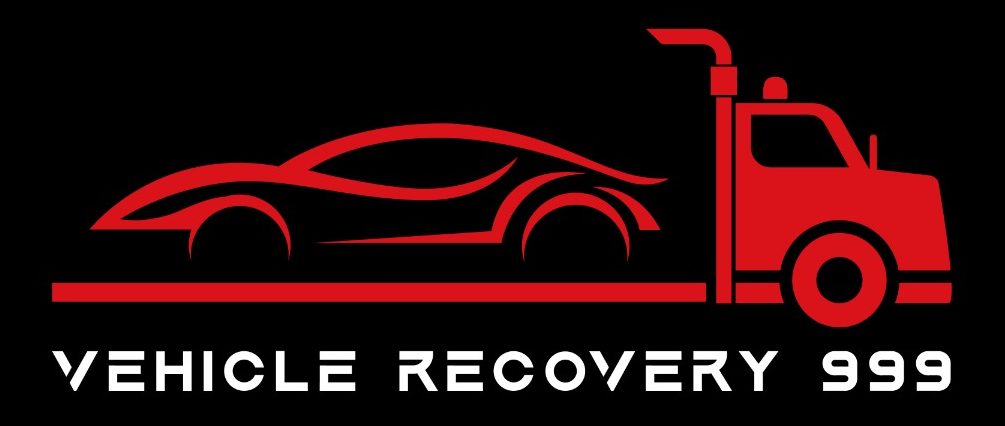When it comes to towing, knowing your truck’s true capability is crucial. Whether you’re pulling a trailer, boat, or heavy cargo, understanding towing capacity isn’t just helpful—it’s necessary. Yet, this term often gets misunderstood or overlooked. In this guide, we’ll break it all down clearly so you can avoid costly mistakes and keep your towing safe and efficient.
What is Towing Capacity?
Towing capacity refers to the maximum weight a vehicle can tow safely. It’s determined by a mix of engineering factors, including engine power, braking ability, frame strength, suspension, and even cooling systems. This figure is never arbitrary—it’s tested and rated by manufacturers.
The towing capacity listed by your truck’s maker takes into account the gross vehicle weight rating (GVWR) and payload limits, factoring in passengers, cargo, and the trailer tongue weight.
Why Towing Capacity Matters
- Safety: Exceeding towing capacity can lead to brake failure, engine overheating, and trailer sway.
- Legal limits: Overloaded vehicles may face fines or worse—accidents.
- Efficiency: Your truck’s towing efficiency drops drastically when overloaded, especially with electric vehicles (EVs) or smaller midsize trucks.
- Insurance: Claims can be denied if you exceed your vehicle’s rated capacity.
Towing Capacity by Truck Type
Different trucks are built for different jobs. Let’s look at the real-world towing capacity by truck type, from midsize models to diesel-powered heavy-duty giants.
1. Midsize Trucks
Examples: Toyota Tacoma, Ford Ranger, GMC Canyon
- Average towing capacity: 3,500 to 7,500 pounds
- Best for: Small trailers, light boats, dirt bikes, and small campers
- Limitations: Less ideal for long-distance hauls with heavy cargo
Pro tip: Midsize trucks often require upgraded hitches to tow close to their top range.
2. Full-Size Light-Duty Trucks
Examples: Ford F-150, Chevrolet Silverado 1500, Ram 1500
- Towing capacity: 7,000 to 13,000 pounds
- Best for: Boats, medium trailers, work equipment
- Key features: Improved weight distribution and towing-focused suspension
These trucks are highly versatile. With proper hitch and weight balancing, they can handle most everyday towing needs without stress on the engine or frame.
3. Heavy-Duty Trucks
Examples: Ram 2500/3500, Ford F-250/F-350, GMC Sierra HD
- Towing capacity: 14,000 to 37,000 pounds (when properly equipped)
- Powertrain: Often comes with a turbocharged diesel engine for extra torque
- Best for: Commercial trailers, large boats, construction equipment
Heavy-duty trucks are engineered to handle oversized loads. The key component is often the diesel engine, which provides greater low-end torque, essential for moving heavy weight smoothly.
Important Factors That Affect Towing Capacity
Gross Vehicle Weight Rating (GVWR)
GVWR includes the vehicle’s weight plus passengers, fuel, cargo, and tongue weight. Exceeding this means you’re over the limit—even if your trailer weight seems okay.
Hitch Class
The type of hitch you install directly affects how much you can tow. A Class I hitch handles up to 2,000 pounds, while a Class V is made for up to 20,000 pounds.
Weight Distribution
Proper weight distribution across the trailer and vehicle keeps sway under control and brakes more effective. Tongue weight should be around 10–15% of the total trailer weight.
Payload Capacity
Payload refers to what your truck can carry in the bed and cab—this includes tongue weight from the trailer. High tongue weight reduces what you can put in the truck.
Electric Vehicle Considerations
Towing with an EV is possible but reduces range significantly. Efficiency drops when pulling heavy loads, so plan more frequent charging stops and know your truck’s towing specs exactly.
Common Mistakes to Avoid When Towing
- Guessing the trailer weight: Always use a scale when unsure.
- Ignoring payload limits: Don’t overlook cargo inside the truck.
- Using the wrong hitch: Mismatched hitch class can be dangerous.
- Not checking tire pressure: It affects handling and safety under load.
- Skipping trailer brakes: Essential when towing over 3,000 lbs.
Top Trucks by Towing Capacity in 2025
When it comes to raw towing power, not all trucks are created equal. The 2025 models bring impressive updates in performance, technology, and efficiency—especially in the heavy-duty and electric truck segments. Whether you’re hauling equipment, a large trailer, or even a fifth-wheel camper, knowing which trucks lead the pack can make all the difference. Below is a list of top-performing trucks ranked by their maximum towing capacity, including both diesel and electric options. These are the trucks built to handle serious loads without compromising safety or stability.
Towing capacity isn’t just a spec on paper—it’s a real limit with real consequences. Whether you’re driving a midsize pickup or a diesel-powered heavy-duty truck, knowing your vehicle’s towing capacity is essential for safety, performance, and legal reasons. Always read your truck’s manual, understand its GVWR, and use the proper hitch and trailer setup.
At vehiclerecovery999, we’ve seen firsthand what happens when towing limits are ignored. Don’t take chances—know your numbers and stay within them.

